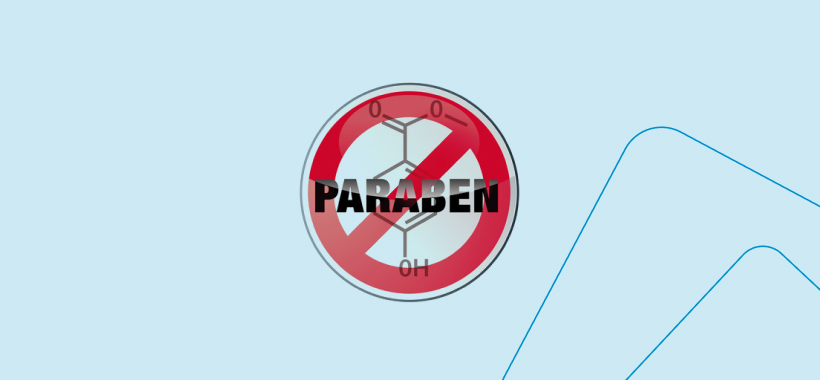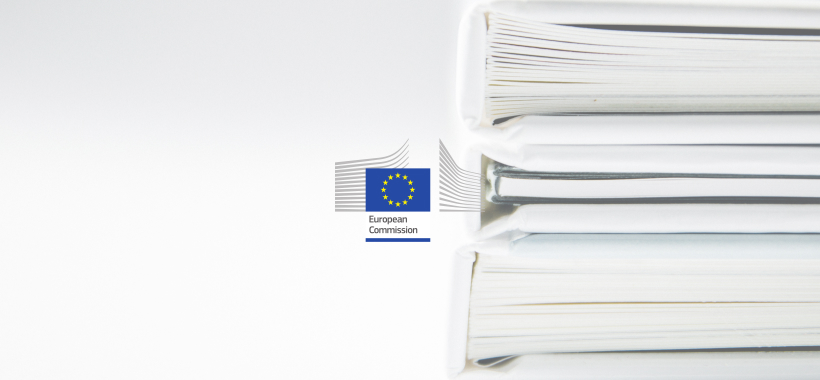Cosmetic product claims
The following interview on cosmetic product claims was conducted as a part of a Datamonitor Consumer Project between Imogen Matthews and CE.way CEO Tadej Feregotto.
1. When working with clients, what steps do you take to ensure compliance of their cosmetic product claims?
First we review their labels and identify the claims that they’re making. We then check these claims to see if any of them are outside of the scope of the definition of cosmetic products, and therefore can’t be made for cosmetic products. Such are for example any claims that say that this product will heal a disease etc. We ask the client to remove those from the label, and provide proof for the remaining claims. We then check the proof provided by the clients, and evaluate whether it seems sufficient and if it supports the claims made on the label. If necessary we also consult with cosmetic claims experts outside of our company.
2. Are there product claims that brands can use without substantiation?
According to the cosmetics regulation, each claim has to be substantiated, except if the claim is a clear exaggeration, or a statement of an abstract nature. A popular example, that is also used in the regulation is “this perfume gives you wings”, other examples could be “you’ll have the most beautiful lips in the world”, “everybody will notice you”, or “you’ll love your new hairstyle”.
Also claims that are obvious don’t have to be substantiated. An example would be “lipstick colours your lips”.
3. Are there areas that are more relaxed so that a brand can come in with a “softer” claim?
Even though all of the claims have to be substantiated (except the ones listed previously), there are differences in the way they can or have to be substantiated and the level of substantiation needed. There are claims that are objective, such as “reduces wrinkles by 20% in a week” or “SPF 20”, which require “hard science” – experimental studies, to substantiate them; and there are more subjective claims, such as “your skin will feel softer” or “creates a wet look of your hair”, for which consumer perception tests would be more suitable. The latter are easier and cheaper to substantiate, and I guess that therefore you could say that they’re “softer”. Secondary claims that appear on the labels, which have no significant influence on consumer’s purchase decision, and are also not the first thing that you notice on a label would probably also consider to be softer claims. Claims which create a considerable competitive advantage or are important from health or safety aspects on the other hand, need to have a strong proof.
4. Which areas should be avoided as they are more likely to be challenged?
If you claimed that your product hasn’t been tested on animals, that used to be such a claim that was more likely to be challenged. However, this claim is now prohibited anyway due to the common criteria on claims (legal compliance), as it means that your product just complies with the minimum legal requirements in the EU, and therefore no cosmetic product placed on the EU market should have been tested on animals.
I can’t say for sure if there are any other areas that are more likely to be challenged, although I can imagine that claims that sound too good to be true are more likely to be challenged, as well as very specific claims, such as “increases the length of your eyelashes by 50% in 10 days” etc.
5. Why do brands get away with putting misleading cosmetic product claims?
Because of the lack of inspections, lack of knowledge, and because of the lack of clarity in the legislation. Obviously brands either aren’t punished for putting misleading claims on the products, or the punishments are not sufficiently high, and they more than cover for them by selling more products due to the claims made about their efficacy before they get caught.
There are also plenty of companies that just rebrand the products produced by someone else. Such companies often lack the knowledge in the legislation and science behind cosmetic products, and their cooperation with the producer in regards to which tests have been conducted and which claims can be sufficiently substantiated is vital.
6. Are there no checks?
Honestly, I don’t know. There probably are, but not that many. We haven’t heard of any or have ever been asked to provide proof for the claims that the companies we’re working with are making on their labels or in any other marketing materials. Safety of the products rather than their efficacy is probably the primary concern of the authorities.
7. What do you think should/can be done to overcome these problems about cosmetic product claims?
The problem is already in the vague legislation. Companies don’t even know what claims they can make for cosmetic products, or how to substantiate those that they’re making. Clarity in this field and education of the manufacturers would definitively help.
Besides penalizing the manufacturers that are putting misleading claims on the labels, their dishonesty should also be more widely advertised. A penalty is of course hurting them, but a loss of confidence of consumers in their products would be far worse. Of course such actions shouldn’t be taken for any minor claim that is not (sufficiently) substantiated, otherwise companies may become too afraid to put anything on the labels, and we would only have generic products on the market.
Perhaps even a list of claims that are allowed together with specific tests which have to be done to substantiate them would help. This would definitively simplify matters for everyone involved, but I acknowledge that on the other hand this may inhibit further development and creativity when creating new products.
Another thing that could be done, but which would also require a substantial increase in the personnel employed by the Commission or the competent authorities, would be to check the product information files – including labels, claims and their substantiation, by the authorities before the products can be placed on the market, thereby introducing a registration instead of the notification, and not counting on the responsibility of the manufacturers that they’ll do everything according to law on their own initiative.


